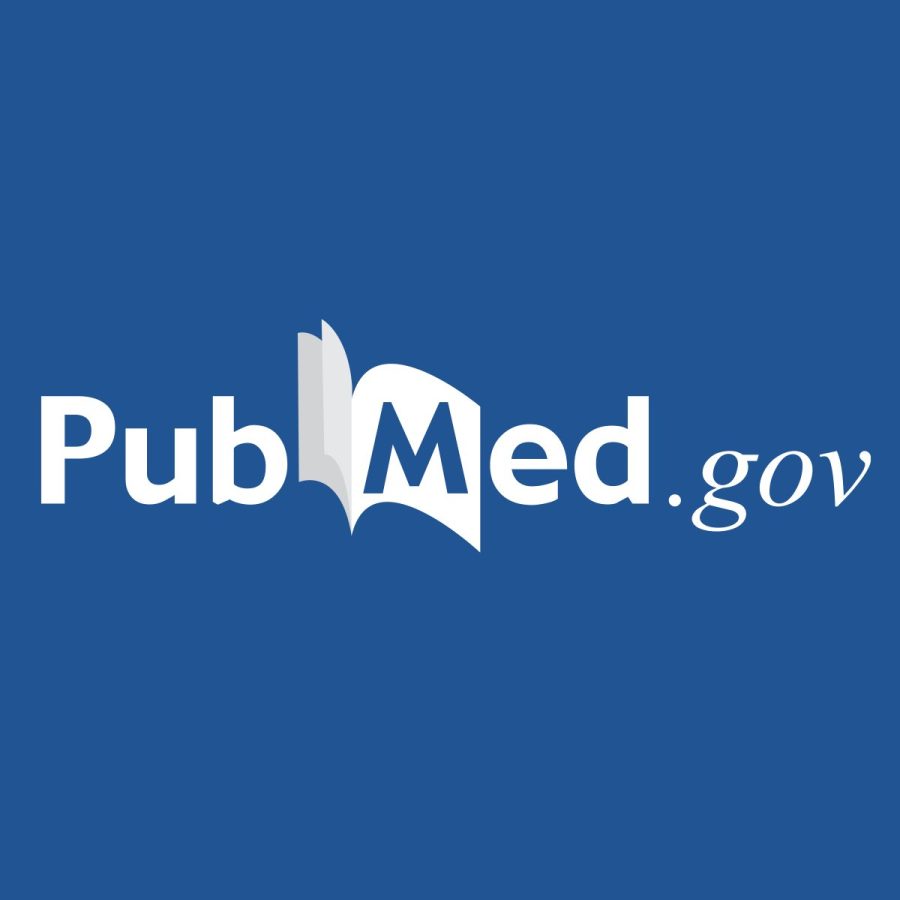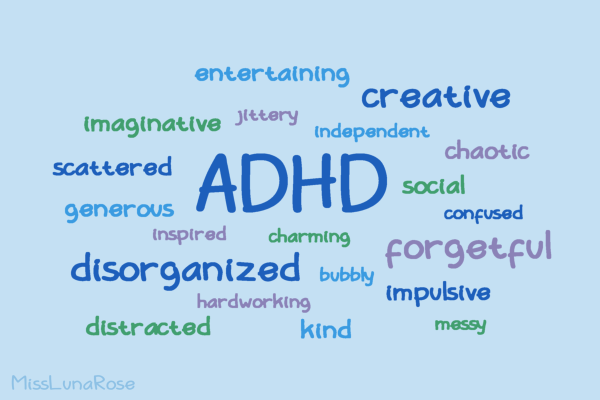New Lives, New Genes: CRISPR and Newborns
The advent of CRISPR-Cas9 jump started a long-running frenzy over the world’s burgeoning ability to edit the human genome. The general populace voiced hope for the technology, but many to this day fear that the advent of this technology allows bioscientists to “play God.” Unfortunately, such a strong misunderstanding of the real uses for Clustered Regularly Interspaced Short Palindromic Repeats (CRISPR) of genetic information compromises the real work being done by biomedical scientists and medical professionals to protect and save lives. So that begs the question: what is CRISPR’s purpose? And is it really as terrifying as it seems?
For decades before CRISPR, gene editing was an arduous and slow process, requiring engineered DNA-cutting enzymes like zinc-finger nucleases (ZFNs) and transcription activator-like effector nucleases (TALENs), for every specific genetic modification. Genetic editing has existed since the late-80s — CRISPR just simplified the process tenfold because it only requires a custom guide RNA molecule to identify its target, thereby revolutionizing biomedical research. Before Dr. Emmanuelle Charpentier and Jennifer Doudna, Nobel Prize winners and co-inventors of CRISPR/Cas9, people only understood CRISPR as a method some bacterias use as an antiviral mechanism. The clinical applications of CRISPR technology has given scientists and researchers the opportunity to discover new ways of treating people and building new technologies involved in successful cures for life-threatening diseases and COVID-19 detection tests. Several research trials have been piloted using CRISPR to investigate treatments for human immunodeficiency virus type I, sickle cell anemia, human papillomavirus and multiple cancers. Researchers are able to better understand and therefore better treat the millions of people who have or are at risk of developing cancers or passing down genetic diseases to children. Not only that, but CRISPR technology has been used to model disease mutations in different animal species, enabling researchers to examine human disease without risking the safety of human subjects. A major move towards striking the balance between gaining lifesaving information and the ethical treatment of people. CRISPR’s affordability, scalability, precision and efficiency have made it a vital technology in medical research that will benefit massive populations of people.
But that’s not to say that everything CRISPR promises does not come with caveats. I am not ignorant to the risks of gene editing and engineering, but I’m also not a sensationalist that thinks scientists are somehow out to get people. There is significant history in the Western world of the intentional selective breeding of human beings in the hopes of creating more “superior” people. This history and the medical community’s involvement cannot and should not be overlooked. Afterall, once a certain gene is introduced or removed from the germline cell, the change is passed onto the next generation, which can mean the elimination of a gene associated with increased cancer risks, but can also mean the elimination of aesthetic genes considered undesirable. Fortunately, most phenotypic genes are complex and the deletion of a single gene won’t do much to change the offspring’s appearance, let alone the simple fact that there is no single gene that makes you smart or hot. However, given CRISPR’s potential to be applied towards eugenic ends and other ethical concerns, hesitation is understandable.
In spring 2015, in China Junjiu Huang and his research team at Sun Yat-sen University used CRISPR-Cas9 to edit the genome of (very importantly) non-viable human embryos, the media painted it as the controversy of the century. They claimed Asian and any non-Western countries were a research free-for-all, totally unconcerned with ethics. These views of non-Western countries’ medical ethics and fears that Western countries will eventually allow the rich to do whatever they want to their embryos so long as they have the cash is absurd and a little xenophobic.
People are rightfully terrified to repeat a history of ruthless human testing. The Nazi experimentations and breeding programs make people think that any science of genetics is ethically risky. We have to keep in mind the horrors committed by the United States. The Tuskegee Syphilis experiments and Henrieta Lacks inform a lot of the relationships between people and medical research. The United States has a history of forced sterilization, with over 60,000 people in over half of U.S. states being subject to sterilization laws for reasons of physical or mental illness. This history, however, should not make people afraid of medical advancement. Rather, people should be more interested in public health and how to safely make advancements for the betterment of millions. Writing off a medical technology does not stop that technology from existing; it prevents that technology from being regulated and used for good.
CRISPR technology cannot be overestimated in its medical importance, especially given its potential to breakthrough diseases which have been indiscriminately afflicting millions for centuries. The Association of American Medical Colleges includes “adherence to ethical principles” among the competencies required of medical school graduates, and the increased infrastructure for medical regulation and increased diversity in medical research should give people hope that medical technologies are being built and applied for good. CRISPR and its related technologies are not unregulated by any stretch of the imagination. Scientists have called a moratorium on human germline editing until the serious ethical and societal implications have been fully assessed, and U.S. law, for better and worse, already bans any research on human embryos regardless of risk or benefit.
I think it is important to believe that people are inherently good, and that the world we inhabit, for all its amorality and horror, is capable of building technologies for the benefit of many. I choose to believe the medical professionals I know and love, and the students who aspire to be in the medical field, are not inherently more evil than you or me. More people now than ever need to be engaging with life-saving technologies as pandemics and illnesses become increasingly common — I can promise you, researchers are more concerned with finding cures to cancer than how to make your baby have blue eyes.
Medical researchers are not out to get you. CRISPR won’t offer up the ability to turn your baby into Michael Phelps for a couple bucks. And the more we understand the world we live in and the bodies we inhabit, the better off we all are.
Alexandra Rapp, FCRH ’24, is a history and international studies major from Hershey, Pa.










































































































































































































